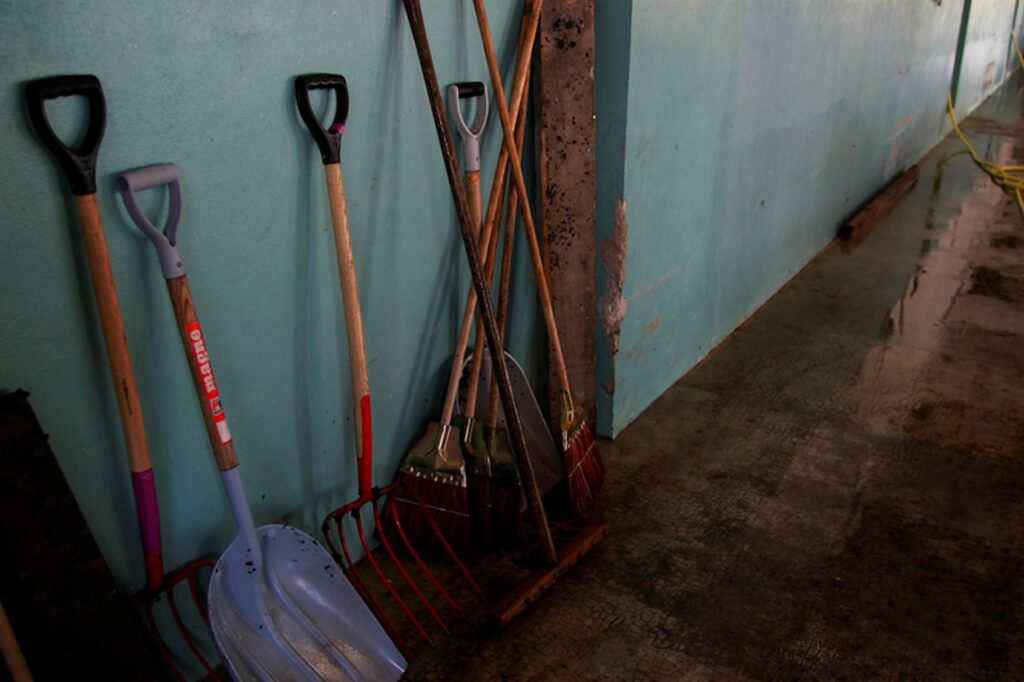By Bunny Bunzel
Oracle Community Learning Garden
The most commonly asked question about prepping for a fall and winter garden is: “How do I know when the summer garden should be pulled out?” I debate this with myself… every single year! My garden is at 4020 ft elevation in the low North foothills of the Catalina Mts.
This year, I finally decided to thin out every summer vegetable that was not producing or had slowed down so much that I couldn’t justify the water usage. Tomatoes this year are abundant due to a good monsoon season. I have cut the long ends of the tomato plants back to the last set tomato, then thoroughly examined all the tomato plants for insects, and then removed the light producers. At the end of August, in the spaces that are moderately shaded by the full grown tomato plants, I’ll add some compost to the soil and then plant cool-season seeds: chard, cilantro, snow peas, leaf lettuces, chives, Asian greens and spinach.
It looks like the heat will be with us this year until the middle or end of September, which means I need to watch for bolting (flower production) then trim the flowers back on my cool season plants and maybe even add some temporary shade screen. I know at some point I’ll have to sacrifice some squash, tomato & cucumber plants to create space for the rest of the fall/winter garden that I want to have in the ground by mid-October, if the weather starts cooling down.
I am working to incorporate the “No Till” style of gardening which means I don’t pull any plants out of the ground. Instead, I cut every plant off at the base of the stalk, right next to the soil to keep all of the organic material in the soil. Then I’ll clean up all the dead tomato leaves, compost them, and allow the rest of dead leaves to stay on top of the soil.
Next, I add about ½ inch of topsoil mixed with some compost. After seeding, I’ll dampen the plant seeds, followed with a thorough watering. I generally like to plant cold weather veggies by mid-October: beets, carrots, chard (yes, again) spinach, dill, fennel, cilantro , snow peas, leaf lettuces and Asian greens. Garlic goes into the ground at the end of October.
Happy Gardening!
Bunny Bunzel
More information for Winterizing your Oracle gardens can be found on our website:
https://bit.ly/oclg_winterizing

